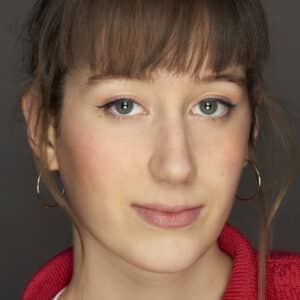Nadezda Nikolova has long observed the San Francisco Bay Area and its redwood forests. Her personal experience with the environment gave rise to abstract visions which she takes down on paper, before locking herself in her darkroom to engage in a tru...



